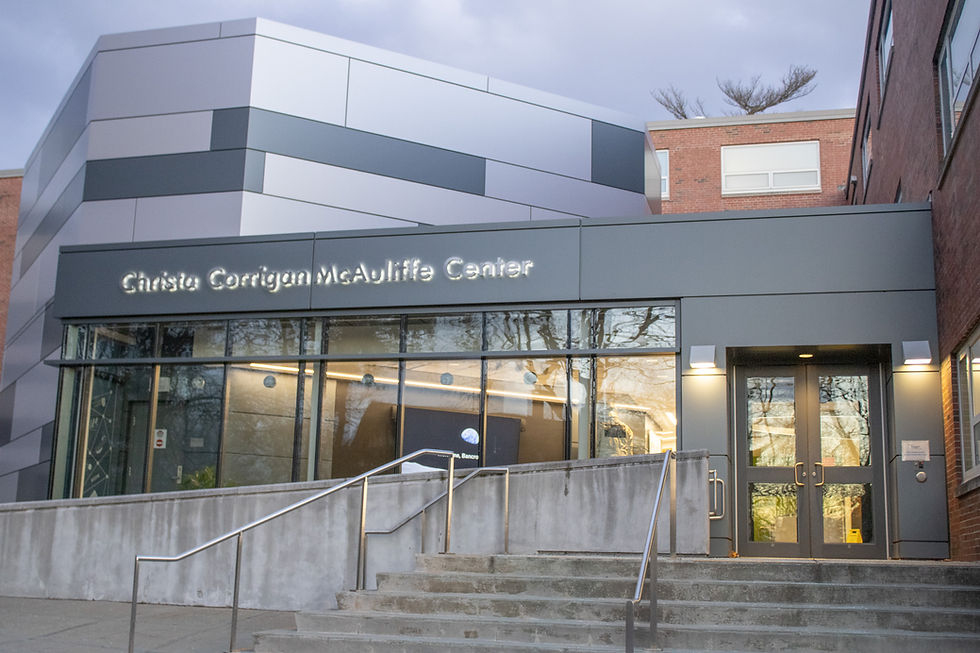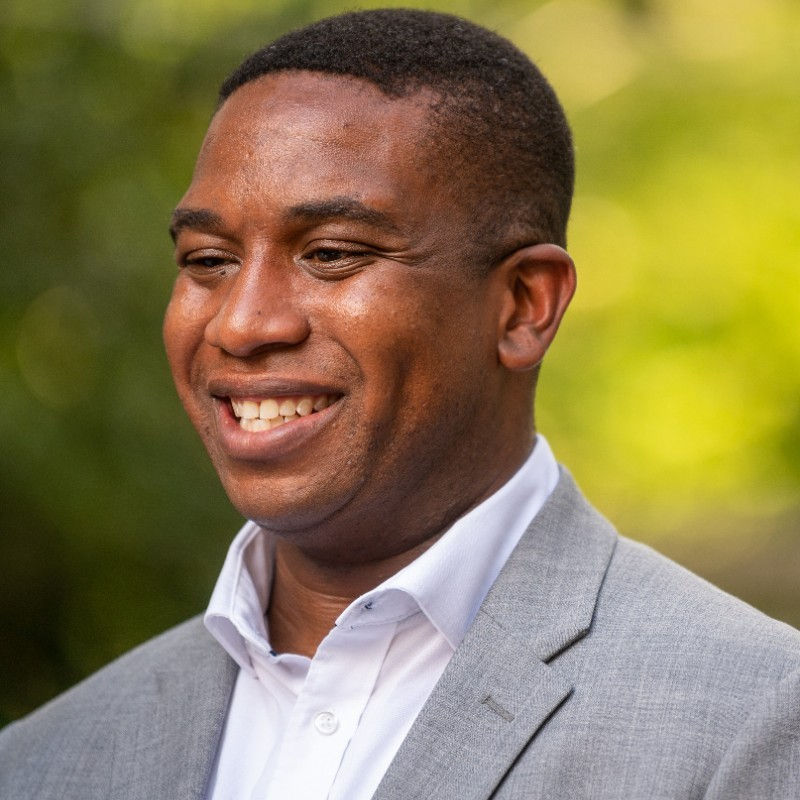FSU retention rate steady at 74%
- Abigail Saggio
- Feb 14, 2020
- 5 min read
Abigail Saggio
Staff Writer

FSU’s retention rate for academic year 2018-2019 was 74%.
Retention refers to the percentage of first-time, full-time students who return to FSU for their second academic year in the following fall semester, according to Lauren Keville, director of student retention and graduation success.
FSU calculates retention based on guidelines set by the federal government, Keville said.
“During fall 2019, when we reviewed this specific fall 2018 group of 752 students, we calculated that 74% of them returned for a second year at FSU,” she said.
FSU’s retention rate for the past few years stayed “around the low seventies” and has been “pretty consistent,” according to Associate Dean of Academic Success and Director of CASA LaDonna Bridges FSU retention rates have also fallen short of average retention rates among other Massachusetts state universities. FSU had a 74.2% retention rate for the 2016 cohort, whereas the entire state university system had a retention rate of 78.2%, according to the Massachusetts Department of Higher Education Data Center.
Keville said the University is also required to track the yearly transfer student cohort. The retention cohort for 2018 that matriculated into FSU was 77%.
Bridges said FSU has changed some academic policies in an effort to increase rates of student success.
First-year students who were on academic probation are at risk for academic suspension if they do not raise their GPA to 1.7 or higher. Starting last year, any first-year student who appealed their academic suspension was invited to attend the following fall semester. These students were required to attend a workshop in CASA before the start of their second year.
Bridges added that CASA’s goal for the student at risk of suspension is to counsel, coach, and offer all their services in order to promote success in the student’s third semester at FSU.
She added the policies in practice have not become “more lenient,” but “more student-centered and supportive.
“The University has taken a stand from a policy standpoint to be more acknowledging that students struggle in transitioning into college.
“There’s an entire area of scholarship dedicated to transitioning into college. People get their Ph.D.s in higher education. They’re looking at how to help students transition into college.”
When a first-year student is placed on academic probation, “it doesn’t mean they’re not college-ready or they’re not capable of doing this work. It was just really rough to make that transition. ... We do not approach it from a deficit standpoint.”
First-year students placed on academic probation must go through a program called “Academic Success 101,” Bridges said.
The program is a day-long workshop for students who appealed their suspension and were invited back for the fall semester. The workshop focuses on success strategies and building academic confidence.
“You need to make sure you’re taking classes that give you the greatest chance at success,” said Bridges.
CASA also holds “Academic Success 102” for students who have their probation extended, but are not suspended. Academic Success 102 is a self-directed online module on Blackboard that focuses further on student success efforts.
Bridges said CASA offers many tutoring and mentoring services based on each student’s individual academic need in an effort to increase retention.
“Yes, we do a lot toward retention, but we like to think of them as our student success efforts,” Bridges said.
CASA provides academic strategy peer tutors who serve as “academic role models or mentors,” Bridges said. These academic strategy peer tutors are generally junior and seniors.
Any student can meet with a peer tutor weekly for an hour-long appointment. The goal of these meetings is for peer tutors to teach students how to organize their time, communicate with professors, track grades, and learn basic academic skills.
Bridges said, “We know that a good student teaching you is going to have a diXerent impact than me saying the same thing over and over.”
She added there may be instances where working with a peer is not ideal for a student. In these cases, CASA also offers academic coaching with one of their full-time staff members.
Additionally, CASA offers a supplemental instruction program, which targets courses students have difficulty in.
Bridges said these classes are usually “gateway courses into a major” that are generally 100 level courses that have high drop/withdrawal/failure rates.
Junior math major Ellen Lucier works as a Supplemental Instruction (SI) tutor for CASA and said she was personally recommended by one of her professors to be his SI tutor.
Lucier said SI sessions are “a really good approach to teaching students about math in a less
intimidating and more practical setting.”
She added that during her sessions, she helps whoever comes. “I usually redo practice problems from class with different numbers or work from the textbook examples.”
Lucier said being an SI tutor is a great experience for her as well. “I love to help. I want to be a teacher one day, so this is a great opportunity for me to get experience helping others and trying different approaches. I feel that students can be more comfortable around me.
“To see how much they are already juggling – kids, jobs, other classes, and social lives – it takes a lot to make time for extra math practice. It makes me really happy to hear that my help makes things easier for them,” she added.
The math department now holds math emporiums to help students learn more outside of class, she added.
She added some students take advantages of the extra help provided by CASA and the math
department.
“Usually the weakest students are so intimidated. I keep trying to encourage them,” she said.
“I don’t know if they feel that there’s a stigma around asking for help when struggling in class.”
Levandosky said she has discussed new strategies with her department for helping students who are struggling in class and has attended oX-campus workshops with state institutions.
“We work a lot on how to support these students,” Levandosky said.
Keville said Starfish outreach plays a vital role in the University’s retention efforts.
According to Bridges, CASA administers an “Early Academic Alert Survey” through Starfish, which is sent out between the third and fourth week of classes. The survey asks faculty to identify students who may be struggling early in the course.
Once the alert is sent to CASA, the team responds to the flag and contacts students to remind them about the tutoring services FSU provides.
“Starfish helps with our retention efforts because it helps us identify students who appear to be struggling. It allows us to reach out. It allows us to see a pattern and decide how to intervene with that student from an academic standpoint,” Bridges said.
She added the sense of community at FSU is a large factor in retention.
The New Student and Family Program holds FSU Foundations classes, Rams 101, and first-year seminars to help first-year students transition into life at FSU.
“I think you can’t discount all the things that are done in Student Affairs,” Bridges said. “All that sense of community work, whether it’s the heavy lifting done by the Counseling Center to help students who are distressed by being here, or Res Life ... all the work the RAs and the area directors do to help students figure out the space they’re in ... the Dean of Students’ office – it’s all kind of endless.”
She added all efforts for retention are “absolutely holistic.
“While we can do all of these things academically, you have to be OK outside of class too.
They’re so connected. You are not going to do well academically if you are not doing well emotionally.” Bridges said retention “may be the buzzword, but I think that really, at the core of it, we really want students to be successful. We want students to earn degrees. We want students to realize the benefits of obtaining a higher education.”
She added when she sits down with a student, retention is not what’s on her mind.
“It’s figuring out what their barriers are and how can we help them overcome those barriers to become a successful student,” she said.
“There isn’t a cookie-cutter approach to all of it, and I think that’s where the heart comes in and where the time comes in to find a student success.





